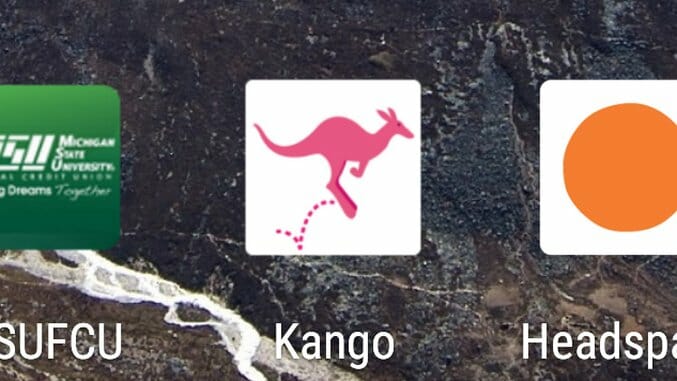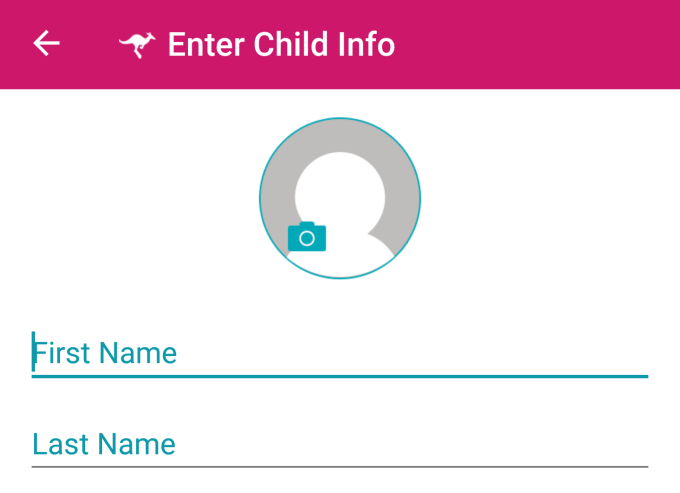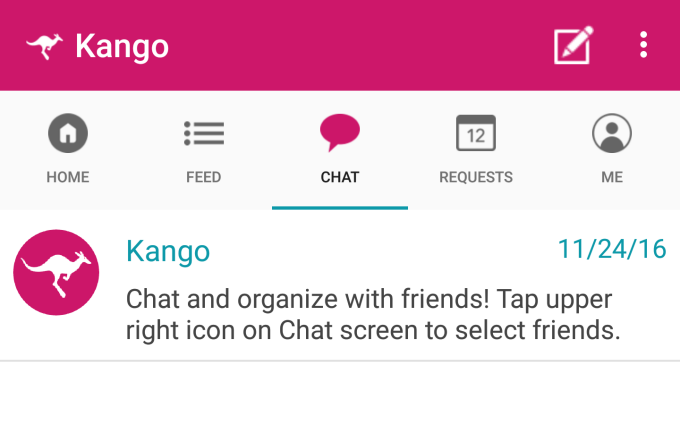Kango is the New Rideshare App Taking Kids to School in San Francisco

This school year, some parents in San Francisco are opting out of the traditional bus route. Instead, they are using a new rideshare app specifically designed to transport children to and from school, dance classes, sporting games and other after school activities.
“It is difficult to find a sitter that would just provide rides because usually there is a certain minimum number of hours that the person requires,” explains Anita L., a Kango parent and user since August 2015. “Kango does not have this issue and has a pool of both sitters and drivers—so if one is sick or on vacation for instance, there is a backup. Overall, it provides more coverage.”
For busy, working parents, Kango might be the answer-and it’s just a few clicks away on your smartphone.
-

-

-

-

-

-

-

-

-

-

-

-

-

-

-

-

-

-

-

-

-

-

-

-

-

-

-

-

-

-

-

-

-

-

-

-

-

-

-

-

 Kango Founder and CEO Sara Schaer is a working parent and understands the struggle of getting two children where they need to go during workdays or while away on business.
Kango Founder and CEO Sara Schaer is a working parent and understands the struggle of getting two children where they need to go during workdays or while away on business. My first thought when I heard about Kango was, “Isn’t the answer to just find a babysitter with a car?”
My first thought when I heard about Kango was, “Isn’t the answer to just find a babysitter with a car?” The number one question likely on your mind: is this safe?
The number one question likely on your mind: is this safe? Now you might be wondering, “Do we really need a whole separate app for sending kids on their way? Why not just call an Uber or Lyft?”
Now you might be wondering, “Do we really need a whole separate app for sending kids on their way? Why not just call an Uber or Lyft?”






































